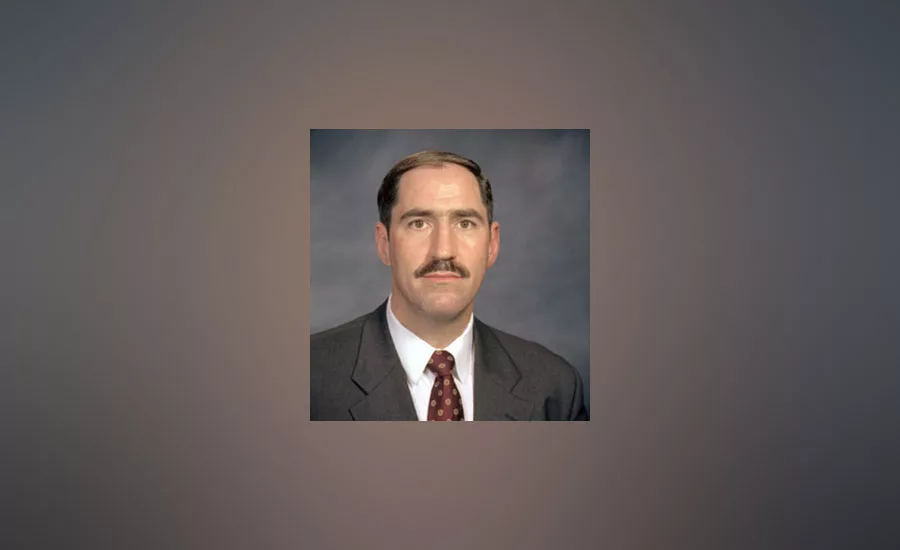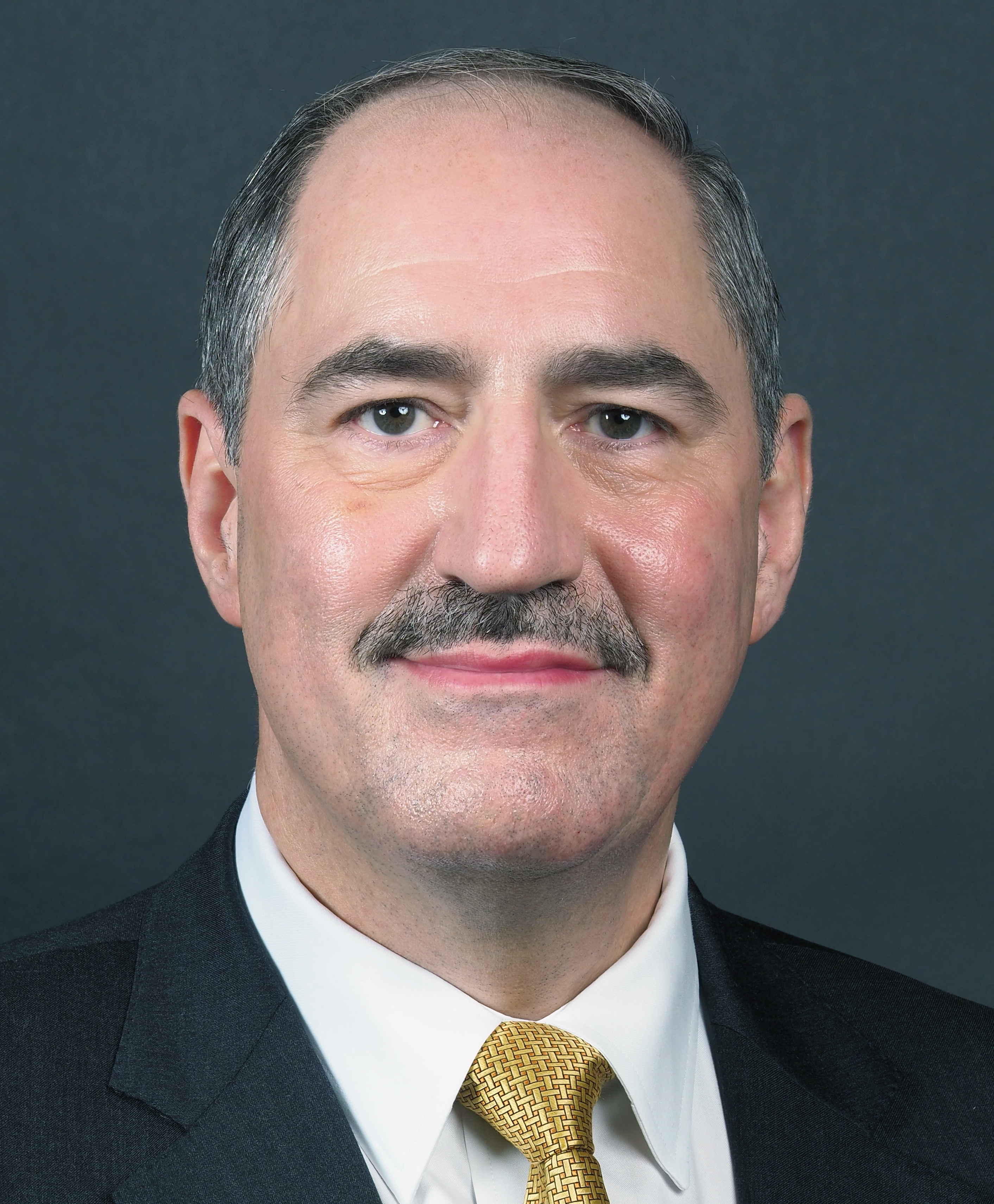The Las Vegas Massacre: The Anatomy of a Catastrophic Security Failure

Tom M. Conley
The problem with a major security failure is people die and/or are injured as a result. That occurred about two weeks ago as we watched and heard the horror come to life as the news broke that killer Stephen Paddock (the killer) had opened fire from the Mandalay Bay Resort and Casino on a crowd of concertgoers attending the Route 91 Country Music Festival in Las Vegas. When the shooting was over, the killer was found dead by police in his room on the 32nd floor from an apparent self-inflicted gunshot wound. We have seen numerous press reports that have included official press conferences, witness interviews, and most of all a lot of speculation and diverse “facts” about this incident.
What we think we know at this point is at least 58 people were killed and more than 498 others were injured as a result of the killer’s roughly 12-minute shooting spree. Other press reports put the death toll at 59 with 527 injured with an 11-minute shooting spree. We have also been told the killer had 17 weapons in his hotel room and thousands of rounds of ammunition with him for those firearms. Police reports have stated the killer had more than 50 pounds of explosives and 1,600 rounds of ammunition in his car, and even more at his homes. Now, about two weeks later, we know little more than we did the day after the shooting. We do not know the killer’s motive. We only know he has been described as a regular everyday guy with no prior criminal history.
As the news unfolded immediately following this massacre and the reports came out about what reportedly had occurred, I understood that the killer opened fire a few minutes after 10:00 p.m. Las Vegas time and the shooting lasted for about 11 minutes. At about the 11-minute mark, the police arrived at the killer’s hotel door at which time the shooting from the killer’s room stopped. It was reported that SWAT made a tactical entry into the killer’s room some time later where they found the killer dead on the floor. I also understood that the killer had shot a Mandalay Bay security guard in the leg through his door right at or after the killer starting firing down on the crowd. The Mandalay Bay security guard, who was unarmed and not authorized to carry a firearm by the State of Nevada, was identified as “Larry” Jesus Campos, an employee of Contemporary Services Corporation (CSC) and not Mandalay Bay. CSC is a company whose staff wears yellow t-shirts and holds itself out as a company that is the “leader in Crowd Management and Event Security.”
Even in the very early stages of this news, I was confused how it was that the killer could have been allowed to keep shooting seemingly unhampered for 11 to 12 minutes (depending on which news report is accurate). My first thought was, “Where the heck was hotel security” while all this shooting was happening and while people were dying? The news that the Mandalay Bay had apparently contracted with CSC to provide them with security, if one can even legitimately call it security, was astonishing to me because an “event staff” level of security is wholly inadequate for the Mandalay Bay Resort and Casino. The problem was that the security force at the Mandalay Bay was simply unprepared for this event by having an incompetent security program. All their security personnel should all have been well-paid, well-trained and professionally-equipped. Had this occurred, the security guard who got shot in the leg would have been armed and would have been able to return fire right then.
The timeline, which has been repeatedly revised, now places Mandalay Bay contract security guard Campos on the 32nd floor at a minute or so before 10:00 PM. He had been sent to the 32nd floor to check on the cause of some type of alarm that had been activated. Mandalay Bay contract security guard Campos had been on the 32nd floor for a few minutes when he was shot in the leg by a then-unknown shooter through a hotel room door. Very shortly after security guard Campos was shot in the leg, the killer starting firing down on the crowd.
Irrespective of the shifting facts and timeline, I believe there is a consensus of opinion at this juncture that the Mandalay Bay contract security guard was Campos on the 32nd floor and was shot in the leg before the shooter started firing down on the crowd of concertgoers. We also know that security guard Campos reported internally that he had been shot right after that event occurred as did a Mandalay Bay maintenance technician who was also on the 32nd floor at the time. It appears that the Mandalay Bay staff did not call the police when security guard Campos was shot, but rather, only after the killer began firing down on the crowd. In fact, according to Clark County Sheriff Joe Lombardo, the police did not know security guard Campos had been shot until after they arrived at the scene on the 32nd floor. The current timeline provided means there was police response time of 11 to 12 minutes after the Mandalay Bay called the police.
My initial confusion about how it was possible the killer could fire unimpeded for 11 or 12 minutes remains a high-distributing question. I kept coming back to the nagging question of the whereabouts of the Mandalay Bay armed security officers on duty during this nearly the 11 to 12-minute period of time from when the Mandalay Bay security guard was shot in the leg to when the police arrived at the killer’s room.
Sadly, there is no evidence whatsoever that the Mandalay Bay security personnel ever responded to this incident beginning with the time when unarmed security guard Campos was shot to when the police arrived 11 or 12 minutes later. This lack of an immediate and assertive security response by the Mandalay Bay’s security is incomprehensible and wholly indefensible. At the time when unarmed security guard Campos reported he had been shot, Mandalay Bay security should have notified the police and immediately dispatched an armed security response team to the then-shooter’s room.
As it has turned out, the problem is the security force at the Mandalay Bay was simply unprepared for this event because they had a pathetically incompetent security program. All their security personnel should have been well-paid, well-trained and professionally-equipped security officers and not traditional guards. Had this occurred, the security guard who got shot in the leg would not have been unarmed security guard Campos, but rather he would have been an armed security officer who would have been able to return fire at the shooter right then. The remainder of the Mandalay Bay security force should have then followed a “form up, go up and take action” strategy. This would have placed the Mandalay Bay security team on station within two the three minutes.
After arriving and moving their injured security officer to a place of safety and rendering first aid to him, the armed security team leadership should have made contact with the shooter while communicating with police units that were inbound. Had the security officer who was shot already neutralized the threat right after he was shot, there would have been no further threat by the killer after that time. This would have obviously prevented the killer from ever opening fire on the crowd. And, had the shooter opened fire on the crowd in spite of the presence of the armed security team, the armed security team then would have needed to conduct a tactical entry in to the shooter’s room and neutralize the shooter. If the Mandalay Bay’s security was unable or unwilling to do this, then the Mandalay Bay had the wrong security program or the wrong people employed as security officers.
This was a rare instance where private security had the real chance to prevent an actual incident with real life safety consequences. Instead, the simple truth is the Mandalay Bay’s security failed miserably. They failed to ensure only armed and professionally-competent security officers were employed by and in the hotel at the time, they failed to respond when unarmed security guard Campos reported he had been shot, they failed to notify the police that Campos had been shot, and they failed to do anything to protect the concertgoers as well as the other hotel guests. Had the Mandalay Bay’s security simply succeeded during this critical time, it is highly likely that 59 people now dead would be alive today and 527 other people could have averted being injured, or at the very least, the number of dead and injured would be far less.
Shame on the Mandalay Bay’s owners and managers for failing to have a properly trained and equipped security team on-site. Instead of investing in a professional security force, the Mandalay Bay apparently decided to go cheap and try and outsource their internal risk to public safety. That never works out well as we saw in this incident. The Mandalay Bay appears to be one of those organizations that simply does not take their security seriously. The truth is, unless protective assets are in place before an incident occurs, the police cannot get to the scene in time to make a measurable difference in the outcome. This is why armed and professionally-competent security officers are and have to be the first responders. I just wonder how many people have to die before all organizations start taking their security for real. The Mandalay Bay’s security was literally missing in action at the time when they were needed the most. In the final analysis, what was the chance for private security to shine the brightest by having and following a rapid response plan instead turned out to be one of the darkest moments for private security in the modern era because of the catastrophic failures.
